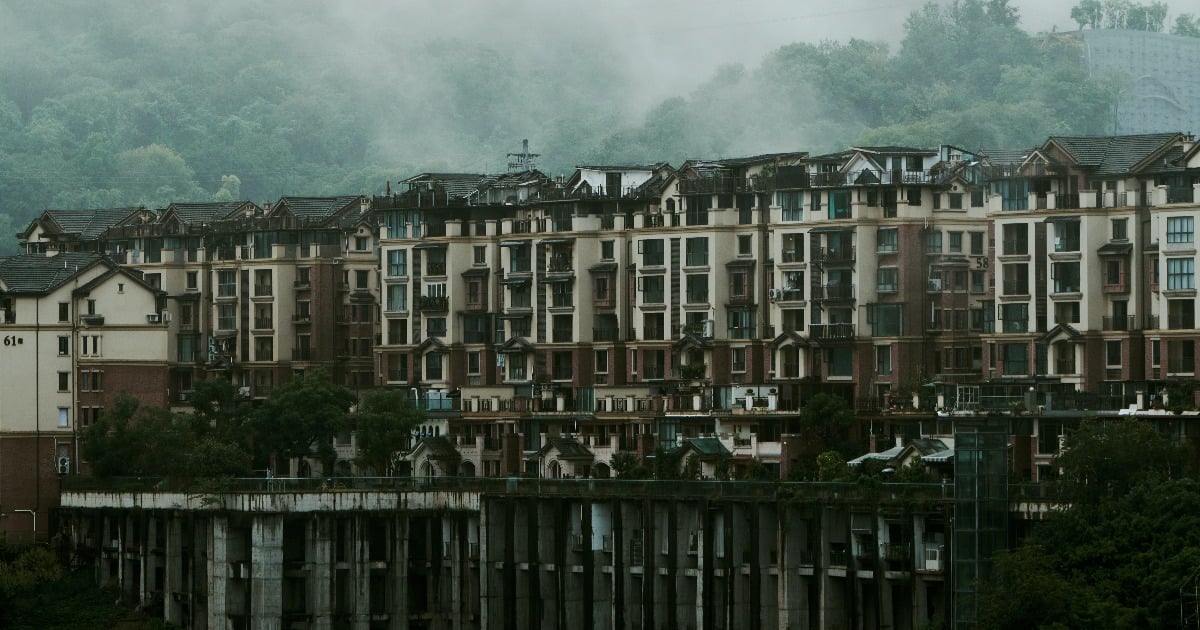Sustainable Technologies and Measures for Urban and Building Rehabilitation
A special issue of Applied Sciences (ISSN 2076-3417). This special issue belongs to the section "Civil Engineering".
Deadline for manuscript submissions: closed (20 May 2025) | Viewed by 4563

Special Issue Editor
Special Issue Information
Dear Colleagues,
Urban and building rehabilitation represent an intrinsic, although often overlooked, part of the sustainability triangle. Some examples of their contribution include lowering land use for urbanisation processes, contributing to the emotional connection of people with their place of living, improving living and working conditions, revitalising existing jobs and creating new ones, and promoting new businesses and new activities for those already established.
Still, more must be done, namely inciting more efficient and effective technologies and measures. Proposed and applied solutions need to be conclusively proven to be better than current procedures or policies, according to different parameters, while promoting the in-vogue (and imperative) more sustainable built environment.
Potential topics for this Special Issue include, but are not limited to, the following:
- Means to increase the durability of existing buildings;
- New procedures for maintenance and conservation activities, limiting environmental impacts;
- Adaptation of traditional materials and adoption of innovative ones, limiting environmental impacts;
- The adoption of digital twins in current existing buildings, and its challenges and opportunities.
Dr. Clara Pereira
Guest Editor
Manuscript Submission Information
Manuscripts should be submitted online at www.mdpi.com by registering and logging in to this website. Once you are registered, click here to go to the submission form. Manuscripts can be submitted until the deadline. All submissions that pass pre-check are peer-reviewed. Accepted papers will be published continuously in the journal (as soon as accepted) and will be listed together on the special issue website. Research articles, review articles as well as short communications are invited. For planned papers, a title and short abstract (about 100 words) can be sent to the Editorial Office for announcement on this website.
Submitted manuscripts should not have been published previously, nor be under consideration for publication elsewhere (except conference proceedings papers). All manuscripts are thoroughly refereed through a single-blind peer-review process. A guide for authors and other relevant information for submission of manuscripts is available on the Instructions for Authors page. Applied Sciences is an international peer-reviewed open access semimonthly journal published by MDPI.
Please visit the Instructions for Authors page before submitting a manuscript. The Article Processing Charge (APC) for publication in this open access journal is 2400 CHF (Swiss Francs). Submitted papers should be well formatted and use good English. Authors may use MDPI's English editing service prior to publication or during author revisions.
Keywords
- durability of existing buildings
- maintenance and conservation
- environmental impacts
- repair techniques
- traditional materials
- innovative materials
- digital twins
Benefits of Publishing in a Special Issue
- Ease of navigation: Grouping papers by topic helps scholars navigate broad scope journals more efficiently.
- Greater discoverability: Special Issues support the reach and impact of scientific research. Articles in Special Issues are more discoverable and cited more frequently.
- Expansion of research network: Special Issues facilitate connections among authors, fostering scientific collaborations.
- External promotion: Articles in Special Issues are often promoted through the journal's social media, increasing their visibility.
- Reprint: MDPI Books provides the opportunity to republish successful Special Issues in book format, both online and in print.
Further information on MDPI's Special Issue policies can be found here.





